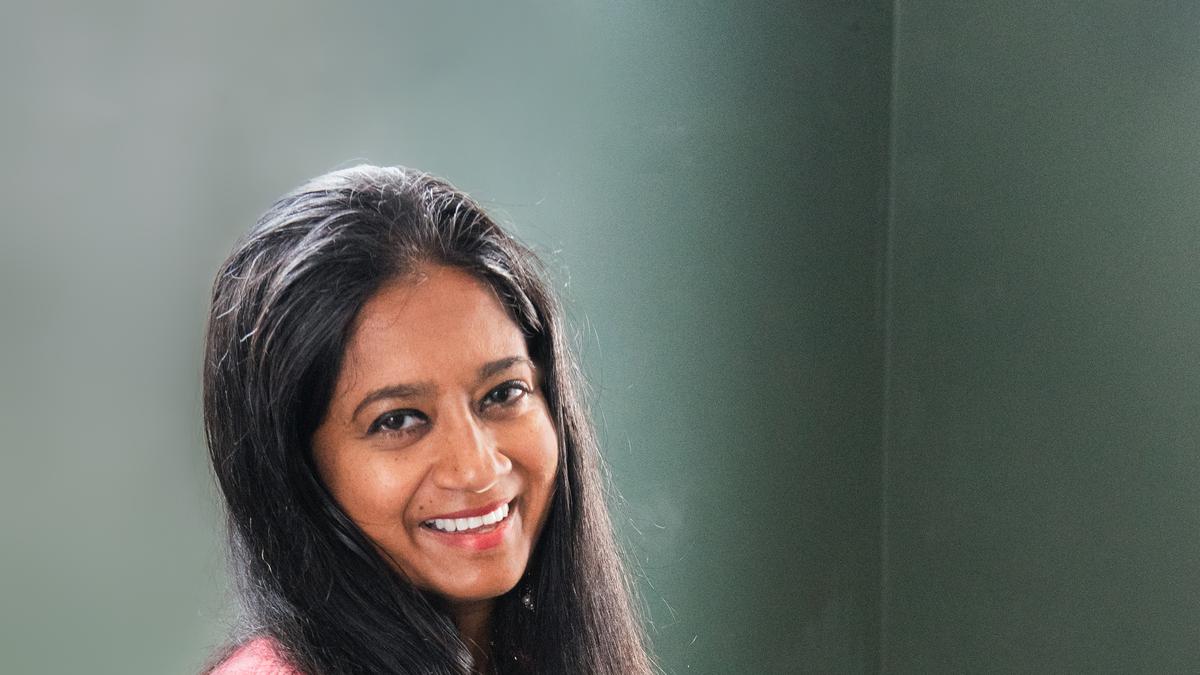
Indian-American pianist Charu Suri’s latest album features ragas and jazz
The Hindu
jazz and raga album by Indian American pianist Charu Suri
Charu Suri’s voice comes across the air waves from Verona, New Jersey, as clear and crisp as the spring morning she has just woken up to. We chat about the unrelenting summer in India, a time that the Madurai-born, Chennai-raised Charu remembers as a season of mangoes and lessons in classical music.
“I was about five when I started playing the piano in Nigeria where my father was the CEO of a record company. My family was into Indian classical music and when we returned to Madras when I was nine, I was under the tutelage of one of the best piano teachers in the city – Mrs Gita Menon. She shaped both my musical direction and discipline. I started winning a lot of competitions, both national and international, and then received a scholarship to Princeton to continue my musical education, where I composed for the chamber orchestra. I was lucky to have cellist Yo Yo Ma and bassist Edgar Meyer perform my pieces,” says Charu, a journalist, who since has played across four continents, and is among the few female composers from India to perform at Carnegie Hall.
Charu will return to the Hall in April 2024 to perform from her latest album Rags and Ragas, perhaps the first to dovetail New Orleans jazz with Indian ragas. “I fell in love with jazz after a visit to New Orleans where I heard the Preservation Hall Jazz Band for the first time live. I was also brewing the idea of melding my Indian heritage into jazz, and New Orleans was the perfect fabric to do it, with its melting pot of cultures,” says Charu, whose other albums are Lollipops for Breakfast, Book of Ragas and New American Songbook.
The latest features eight tracks, composed on an Altenburg piano, with some of the leading lights of the jazz arena such as John Patitucci (Chick Corea’s bass player), Steve Gadd (drummer for Simon & Garfunkel) and drummer Joe Lastie, a legend in the Preservation Hall circles. “To grow up hearing these legends and then have the opportunity to play with them is the fruition of a dream,” says Charu.
The tracks that feature ragas such as Bhairavi, Charukesi and Bhupali are an amalgamation of jazz-heavy syncopations and the soft, sensuous sounds of the subcontinent. They explore a mystic world while traversing dance floor grooves and free-flowing improvisations with equal abandon.
A close contender for attention to her brand of music is the mood board Charu creates for her albums. Often designed in blues and purples, they create a picture of a South Asian culture that is fast fading into the pages of a history book. The album cover of Rags and Ragas has the cast-iron balconies of New Orleans’ French Quarter, long strands of pearls, reminiscent of the Jazz Age, draped over the piano, and a peacock perched on a jharokha.
“I need to bring something of my heritage to the genre, and ragas made the most sense to me. They don’t normally have harmony, so adding harmonic components to the genre can help preserve it for posterity as well as push traditional jazz into something new... benefitting both worlds,” adds Charu.











